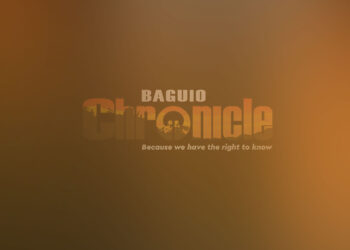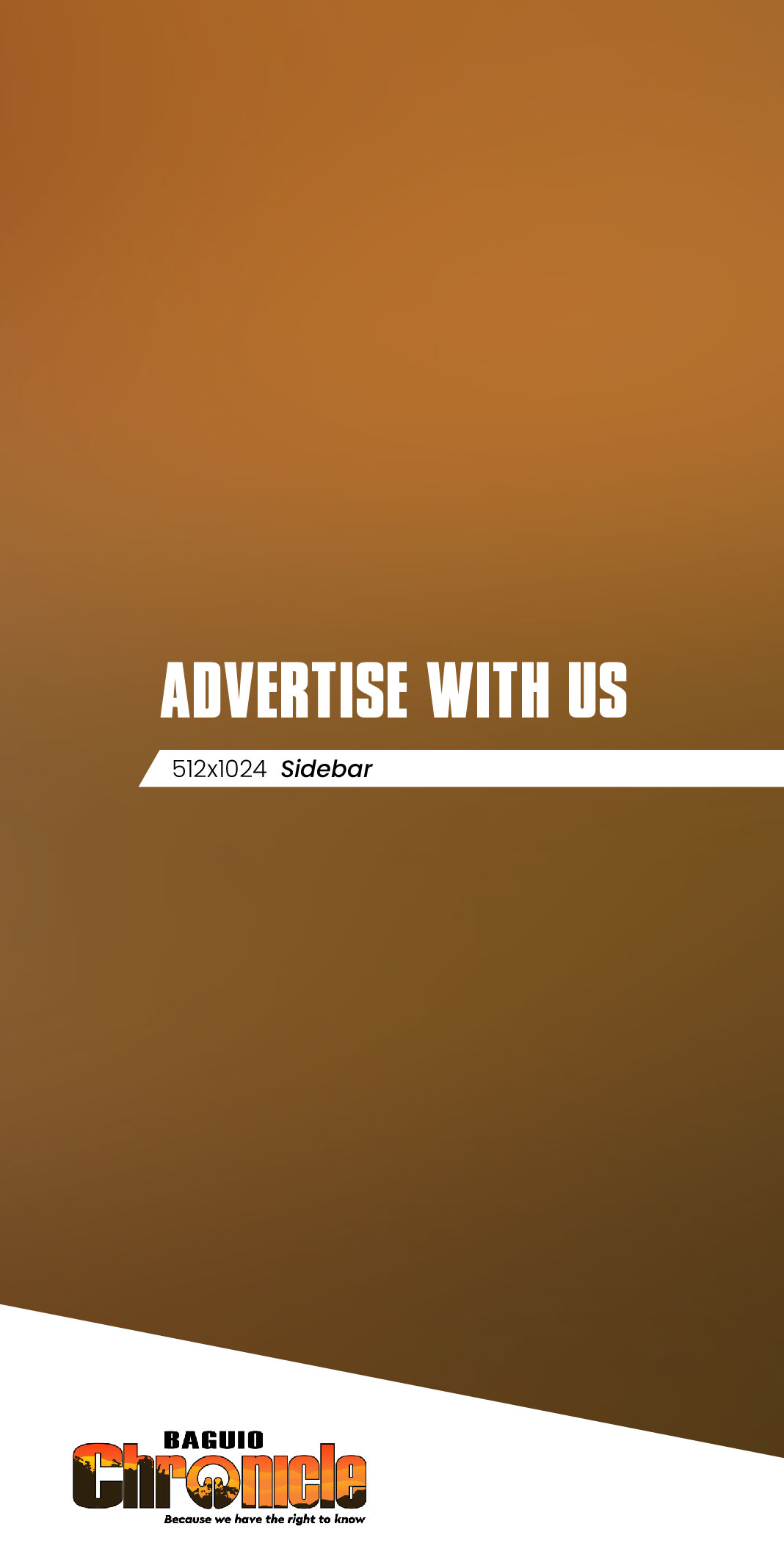Make no mistake the City of Baguio is on its way to recovering from the pandemic brought about by the COVID-19 virus and its variants both in the economic and social side of things. For one residents of the city have begun to congregate more numerously in public areas such as parks, malls, the public market, and other open areas outdoor where they can enjoy once more breathing fresh air without the cotton barrier of a face mask or the trepidation of suddenly being infected with the virus.
In a similar fashion tourists and visitors from other places in the country, and even from abroad, seem to have found a renewed interest of sorts in joining the caravan to visit the city of pines at a frenetic pace. Reliable reports have it that in just nine months of this year and following the waning stranglehold of the COVID-19 virus in the city more than a million visitors have already made their pilgrimage to our tourist sites and destinations as well as our pasalubong centers and various hotels and inns bringing about increased income and profit in the business sector.
But if there are positive aspects in the marked increase of tourists and visitors arrival to the city there are also negative aspects which is an ongoing concern of the city government.
This concern has to do with the prevailing traffic woes being experienced in the locality brought about by the the presence of too many vehicles occupying narrow streets and roads resulting in traffic congestion and traffic bottlenecks most especially during weekends. A common observation is that one of the primary causes of heavy traffic congestion during weekends is due to the arrival of private vehicles driven by visitors and tourists who troop to the city who compete with the many public utility vehicles such as taxicabs who regularly ply the roads to ferry their passengers.
Even the implementation of the number coding scheme which is suppose to regulate the travel of private motor vehicles in the city, particularly those owned by visitors and tourists, may not be enough for the city government to effectively manage the traffic especially on weekends.
With this kind of situation perhaps a more stringent measure is needed to lessen the heavy traffic congestion being experienced in the city during weekends. One suggestion is to come up with a city government directive, perhaps either thru an executive order by the City Mayor or an ordinance by the Sangguniang Panlungsod (city council) prohibiting all private motor vehicles of tourists and visitors from traveling or plying the roads and streets of the city during Fridays in the afternoon until the afternoon of Sundays, except in emergency situations or when entering or leaving the city.
At first glance this might seem like a heavy handed approach towards managing the traffic in Baguio during weekends and its effect on visitors and tourists but the city government is not without resources to assist and help them enjoy the sights and sounds that Baguio has to offer. A way to compensate for their lack of private transportation is to offer them the opportunity of using public utility vehicles (PUVs) such as taxicabs, and even jeepneys, in going around the city and which will be available 24/7 for their convenience.
Sounds like a tall order especially if the visitors and tourists will complain and argue that the reason they are bringing their own vehicles is so they can have the luxury of time at their convenience in roaming the city. But the city can overcome this concern by using technology and coupled with the smart city project that is now well on its way to completion. As a suggestion the way to do this is to create an software application similar to Grab or InDrive that will be a transportation feature in the Baguio in My Pocket (BIMP) platform that can be used by visitors and tourists who come up to Baguio for a visit. The application will not only offer available PUV rides but will also indicate taxi and jeepney stands (loading and unloading areas) near or in the vicinity of the tourists and visitors who would want to avail of such services. The concern regarding the 24/7 availability of the PUVs for the visitors and tourists can be remedied by the installation at the Smart City Command Center of a realtime monitoring map that will operate 24/7 particularly during weekends and which will show where all PUVs are currently situated in the locality. These PUVs will then have the following legends: green color of the PUV to indicate it is unoccupied and available, yellow if it is occupied and not available, and red if it is not available because the driver is doing something else like having his meal, taking a nap or has gone home.
The reason for the map being in realtime is for the city government to have the opportunity to step in and intervene in the event the visitor/s or tourist/s are having a difficult time calling for a PUV despite their availability and proximity to the traveler. Necessarily the realtime map has to be manned 24/7 either by third party service contractors hired by the city government or city employees assigned for the purpose. Another justification for having the realtime map for the PUVs is tied the peace and order program of the city since this will allow the local government realtime monitoring of tourist and visitor travel in the city thus augmenting the efforts on vigilance by the authorities.
Finally, since the focus now is towards the creation of a total smart city perhaps this suggestion can be considered in relation to efforts being made to better manage the traffic situation in the locality.









